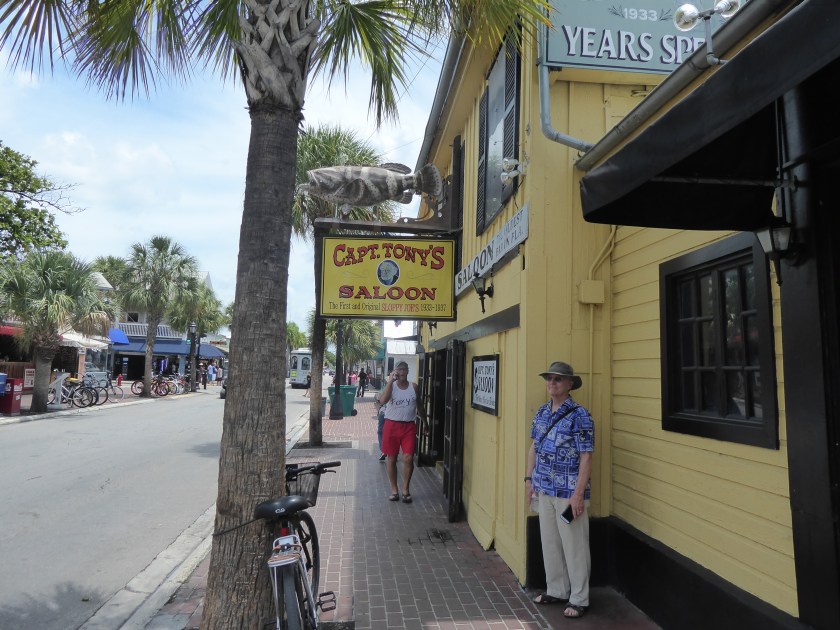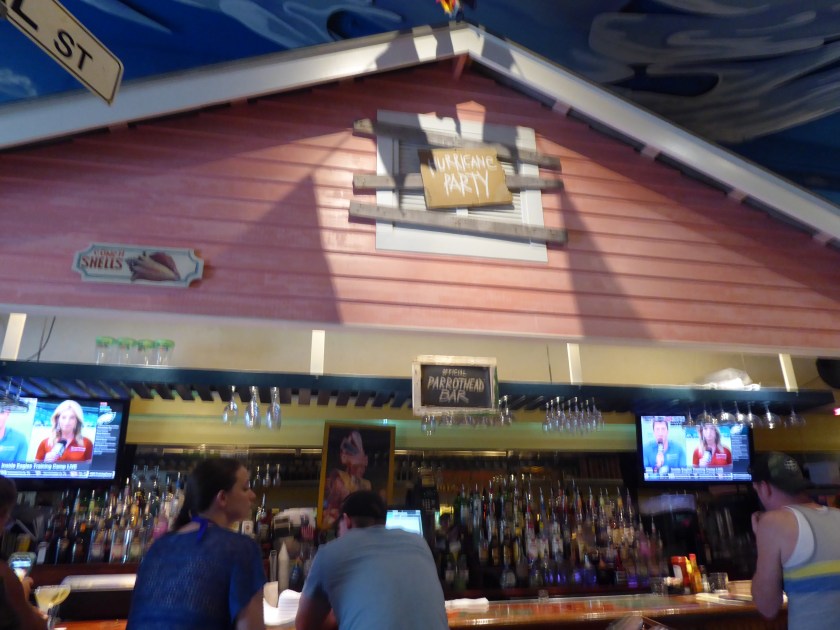Key West, Florida
The first port-of-call on our cruise to Cuba was Key West. We docked at Mallory Square. Wall Street leads from the Square to Duval Street and along the way is the El Meson de Pepe Cuban Restaurant at the Cayo Hueso y Habana Historeum. Although founded in 1985, it exemplifies the historic connection between Key West and Cuba. Shipwrecks and their salvage created the first boom in Key West and attracted many settlers to the Island from Cuba. In the 1860s, the cigar industry with its many workers started a migration from Cuba to Key West. Soon, Key West became “Cigar City USA.” And remained so until a fire decimated the industry in 1886.


We walked over to the old Custom House where Seward Johnson’s sculpture “Unconditional Surrender” is displayed. I love Johnson’s work and, obviously, so do many others. Copies of this sculpture are installed all over the world! We first saw “Unconditional Surrender” in San Diego. It is also on display in New York. We were surprised to see it in Civitavecchia, Italy. But we considered it totally appropriate in Pearl Harbor, Honolulu. Other locations include Hamilton, New Jersey; Caen, France; Sarasota, Florida; Royal Oak, Michigan and Bastenaken, Belgium.

We continued along Duval Street to 428 Greene St. where Captain Tony’s Saloon is located. Here, many famous people such as Truman Capote, John F. Kennedy, and Harry Truman enjoyed a drink or two. Barstools are named for these famous patrons. There is even a life-sized statue of Ernest Hemingway. Jimmy Buffett got his start here and still comes by occasionally (but he will not perform here anymore; that is something he only does at his own Margaritaville Café around the corner!) This building has a long and interesting history. Constructed in 1852 as an ice house, it also doubled as the city morgue. In 1898, it was the telegraph station that reported to the world the sinking of the USS Maine. In 1912, it was a cigar factory. For the next 21 years it housed a couple of bars, a bordello, and a series of speakeasies. Then, in 1933, Josie Russell created Sloppy Joe’s Bar. It became a favorite hang-out of Ernest Hemingway. As a matter of fact, Hemingway suggested the name based on the original Sloppy Joe’s in Havana. When the landlord raised the rent, Russell and his customers picked up the entire bar and transported everything to Sloppy Joe’s current location at 201 Duval Street.






Before returning to the ship, we deemed it necessary to have a Margarita, on the rocks, at Jimmy Buffett’s Margaritaville Café. A stop at the gift shop followed.


